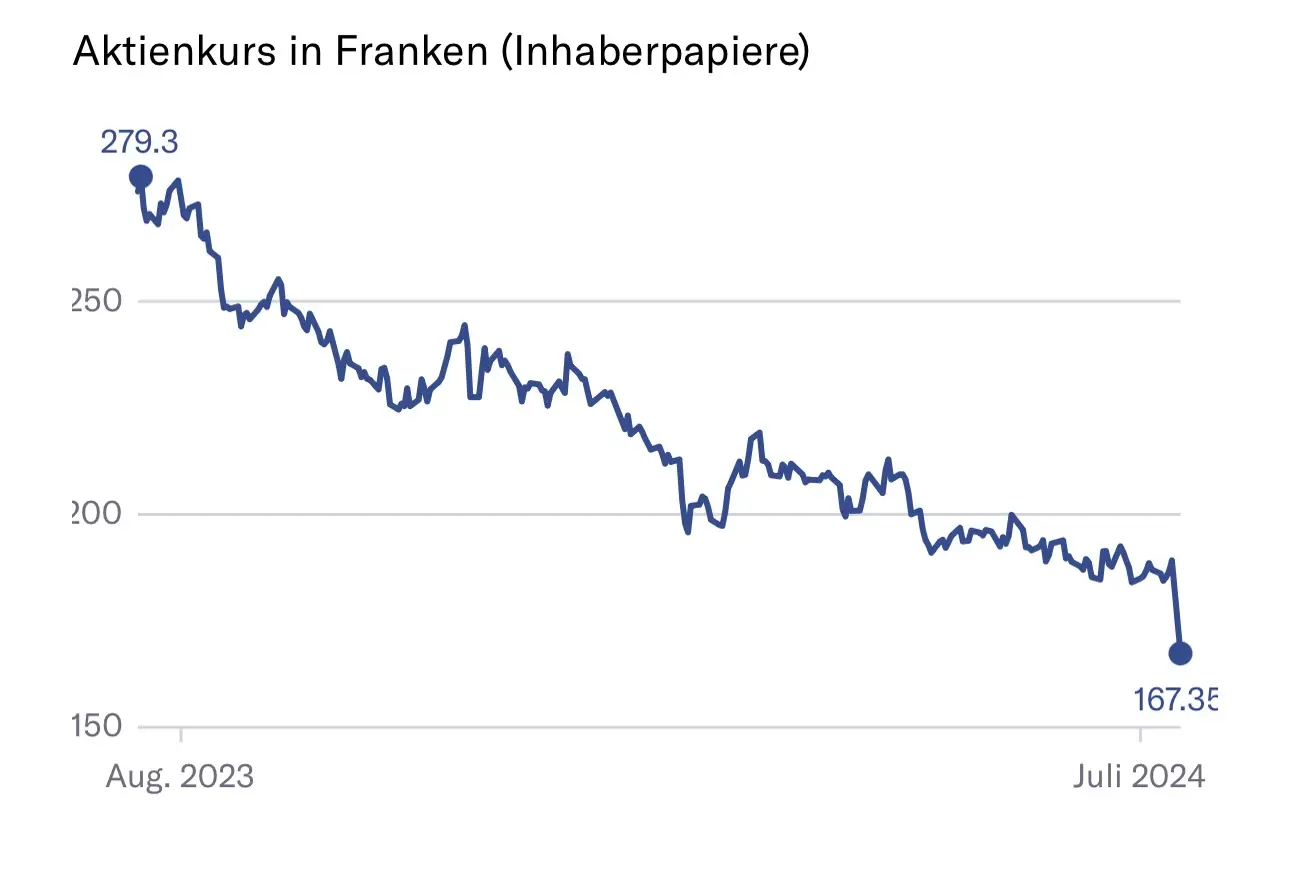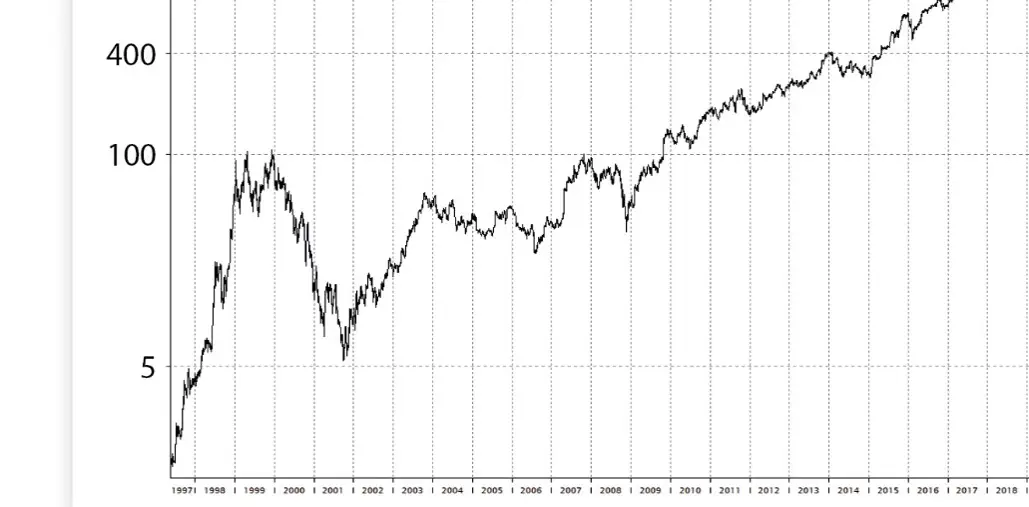Organizational Challenges for Companies and Institutions
In a dynamically changing global economy, companies and organizations must be agile and forward-looking in their response to constantly changing conditions. This is known as anticipatory organizational development. In contrast to the traditional, linear organizational structures of the 20th century, which were anchored locally and could be experienced analogously, the 21st century requires a global, value-based and digitalized approach.
Reshaping an Industry:
The Visionary Transformation of the 1980s
In the 1980s, a country’s entire industry was threatened with insolvency by cheap mass-produced goods from other regions of the world. A visionary realized that the solution lay in the automation of routine activities in production and administration on the one hand and in the optimization of sales and marketing activities with segmentation according to markets, products and sales channels on the other. The impending insolvency of the entire industry meant that a radical change in the company’s organization could be implemented. The organizational change consisted of centralization on the one hand and the localization of organizational units and a corresponding mapping via a matrix organization at all levels on the other. In the case of automation in production, identical parts were combined organizationally, partly outsourced to separate subsidiaries and cost advantages over the competition were achieved through economies of scale. Administrative activities were centralized to optimize personnel costs and then socialized according to a management fee. Sales and marketing activities were allocated to individual brands in line with a value-based approach and the sales channels, regions and budgets were then defined.
This company was the success story of the last 20 years of the last century. This company was able to stop the downfall of an entire industry in a country through comprehensive organizational development driven by a strong vision.
The company is now being criticized by major banks – such as Morgan Stanley – for its role as a passive market participant. The company has equity of CHF 12 billion but a market capitalization of only CHF 8.8 billion. In addition to its equity, the company also has a stock of goods worth CHF 7.7 billion and an enormous real estate portfolio.

Narrative of the 21st Century
In the 1990s, a visionary recognized the potential of online mail order and the resulting global sales opportunities if the company automated routine production processes and digitalized its sales activities. The organization was aligned with this vision and sales and production. Due to global digitalization developments and the emergence of new market players, it was clear that the company could not focus on online sales alone to implement its strategy, but had to continuously invest in new business areas. Equipped with this global digitalization strategy and always taking into account the positive and negative framework conditions for the company, new business areas matching the strategy were continuously added and the organization was aligned and further developed accordingly. The company recognized that organizational development must be proactive.
The company is now worth 2 trillion dollars. Today, 70% of sales are still generated by the business of the founding year, but already 13% with cloud services, 7% with subscription services and a further 10% with services that were only created in the 21st century.
sales activities. Due to global digitalization and the emergence of new market players, the company has had to constantly invest in new business areas. Today, the company generates 70% of its revenue from its original business, 13% from cloud services, 7% from subscriptions and 10% from new 21st century services. This anticipatory organizational development was crucial to its success.

Vision, Strategy, and Organizational Development
New strategic business areas can only develop if the organizational framework conditions are created at an early stage. This approach prevents conservative forces in the organization from stifling new business areas and enables proactive adaptation to changing conditions.
If companies want to survive in a global exponential competition without a crisis, they must constantly adapt their organization. These adjustments affect all levels of the organization and require a clear, perceptible vision and a living strategy.
Share Your Insights on Anticipative Organizational Development
What are your experiences with anticipatory organizational development? What challenges and successes have you experienced? Let’s discuss them!
– Gernot Paesold





